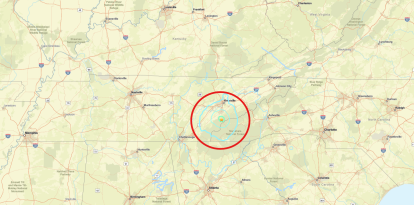Hispanics, the present and future of the country
Latino population growth accounted for 71% of the country’s total, and the population for the group reached 65 million in 2023.

A Hispanic couple.
Hispanics are already the second largest ethnic group in the country and play an increasingly decisive role in the election of political representatives, in decision-making thanks to the increase in the number of elected officials and in the advancement of the economy. The impact of this community is here to stay and will continue to grow. In fact, according to the Census Bureau, Latino births accounted for 71% of the growth of the U.S. population in 2023. According to updated data, this community already numbers more than 65 million people, 1.18 million more than in 2022.
Immigration key to population growth
Kristie Wilder, a demographer with the Census Bureau's Population Division, stressed that "the Hispanic population is expanding at a substantially faster rate than the non-Hispanic population, mainly due to natural growth, i.e., more births than deaths."
“The 1.8% annual increase contrasts sharply with the 0.2% increase in the non-Hispanic population, whose growth was tempered by a decline among non-Hispanic whites, the largest demographic group within the non-Hispanic category and the only one to experience a population loss.”
According to the Census Bureau, the number of Latinos grew by about 722,000 people, subtracting deaths in this community from births. In addition, the Bureau notes that "international migration accounted for about one-third of the overall net increase in the Hispanic population, with slightly more than 437,000 migrants coming into the country." Following this increase, the Hispanic population now accounts for virtually one out of every five inhabitants of the country (19.5%).
However, despite the fact that its growth is by far the largest of all racial groups, there has been a slowdown in the pace compared to recent decades. The Hispanic population’s annual increase between 2022 and 2023 was 1.8%, compared to 2.0% between 2012 and 2013, and 3.7% between 2002 and 2003.
With 195 million people, non-Hispanic whites remain the nation’s largest racial group (58%) in 2023. However, their number decreased by 0.2% (461,612) over the previous year, due to about 630,000 more deaths than births. In contrast, other non-Hispanic racial groups experienced population growth during the past year. People who identify as two or more races increased 2.4%; Asian, 2.3%; Native Hawaiian and other Pacific Islander, 1.7%; black, 0.6%; and American Indian and Alaska Native, 0.3%.
Hispanic population by state
RECOMMENDATION






















